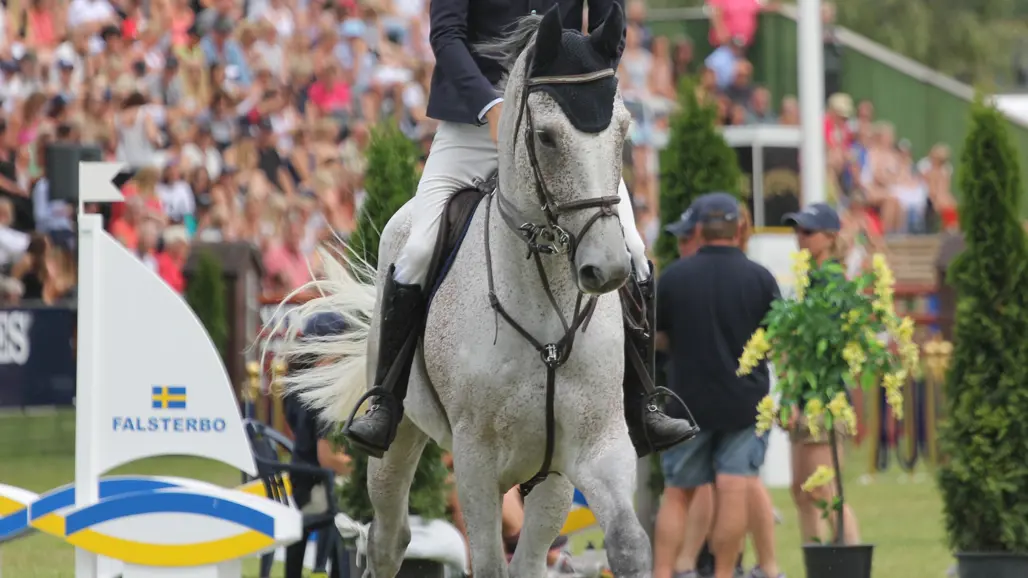
To start or not to start - is it genetic?
Approximately half of all born Swedish Warmblood (SWB) horses start in competition. Does the selection depend on hereditary factors and if so, how is the breeding index affected if the horses that come to competition start are not representative of the population?
Starting status is an ‘either-or’ trait, meaning that either the horse has started or it has not. The breeding index for SWB includes results from young horse tests and competitions. As a measure of competition performance, points in jumping or dressage are awarded to placed horses. A horse that has competed but not placed has 0 points, but may be better than a horse that did not compete at all?
The SWB population today is largely divided into dressage and jumping horses. Our study showed that jumping horses started in competition to a greater extent than dressage horses: 56% of jumping horses had competed in jumping while 34% of dressage horses had competed in dressage. For the starting status in dressage, approximately 35% of the variation was due to inheritance. For starting status in jumping, inheritance explained nearly 50% of the variation. Horses with good results in the young horse test were more likely to compete later in life than those with poor results in the young horse test. The horses that had good genetic potential to start also had high genetic capacity to perform well. The breeding indices for competition performance became more reliable if the starting status was included.
By Åsa Gelinder Viklund, Ylva Blom & Susanne Eriksson.
Contact
-
PersonÅsa Gelinder Viklund, Senior lecturerHBIO, Quantitative Genetics and Breeding